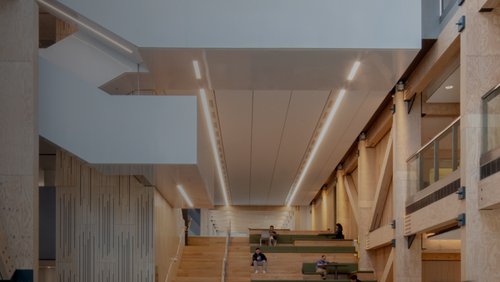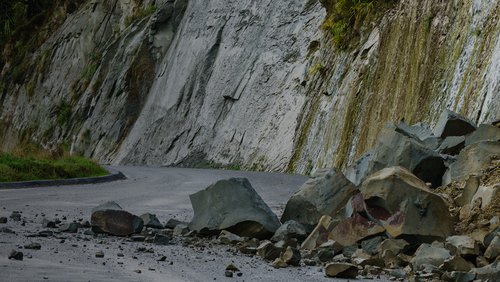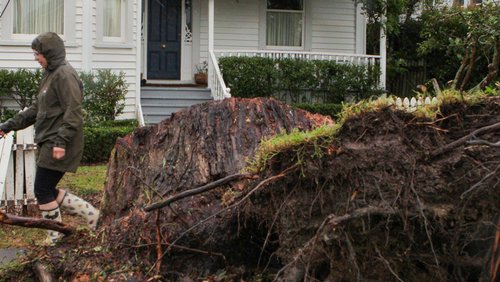18 Oct 2024
Aotearoa’s cement and concrete industry’s journey to net-zero carbon by 2050.
Demand for the world’s most widely used construction material will only increase as tomorrow’s built environment responds to climate change mitigation and adaptation requirements. For instance, shifting to clean and renewable energy, such as extended wind and hydro capacity, will require more concrete, not less, as will building resilient infrastructure in general. Steps have already been taken to ensure that the concrete used will be low-carbon, and ultimately net-zero carbon by 2050.
In late 2023, the country’s concrete industry released A Net-Zero Carbon Concrete Industry for Aotearoa New Zealand: Roadmap to 2050. This plan reflects a commitment to the Climate Change Response (Zero Carbon) Amendment Act 2019 and its aim to meet the greenhouse gas reduction targets under The Paris Agreement. The Roadmap identifies ways to reduce the direct (Scope 1) and electricity-related (Scope 2) emissions by 44 percent from 2020 levels by 2030, and 100 percent by 2050. The 2020 reference year was chosen to align with the Global Cement and Concrete Association’s roadmap.
Manufacturing cement clinker releases CO2 from burning fuel to heat the kiln, and also through a chemical reaction as the raw materials reach temperature. As this constitutes a significant portion of the industry’s emissions, the pathways that will be taken to achieve net-zero emissions by 2030 and 2050 have a focus in this area. By 2030, the industry plans to reduce emissions by using alternative fuels in cement clinker production. Golden Bay’s facility near Whāngarei has reduced its dependence on fossil fuel by replacing more than 50 percent of coal with waste tyres and construction wood waste, with the intention to be coal-free by 2030.
Using less cement by replacing it partly with low-carbon supplementary cementitious materials (SCMs) and mineral additions is another major step in decarbonising concrete. SCMs can be naturally occurring materials, industrial byproducts, or manufactured products. Examples include ground granulated blast-furnace slag (GGBS), fly ash, silica fume, calcined clays and natural pozzolans (volcanic ash and pumice). Currently our uptake of SCMs is low, meaning there is potential for greater volumes to be used. All domestic cement suppliers are incorporating SCMs into their products, including Mount Maunganui-based HR Cement, which uses GGBS, while Holcim New Zealand recently opened a low-carbon cement replacement facility in Auckland.
This use of low-carbon waste materials as alternative kiln fuel and as a partial cement replacement demonstrates concrete’s strong position within the circular economy. Another example is repurposing concrete structures at the end of their useful life, or crushing them to replace primary aggregates.
Another pathway is accounting for concrete’s ability to absorb CO2 over time, a natural process officially recognised by the United Nation’s Intergovernmental Panel on Climate Change. Improving efficiency in design and construction will also contribute to emissions reduction.
Between 2030 and 2050, the industry will focus on Carbon Capture, Utilisation and Storage (CCUS) of remaining emissions to prevent them from entering the atmosphere. In Europe and the United States, Holcim has flagship scoping projects which will contribute to capturing more than five million tons of CO2 annually by 2030. CCUS is gaining particular traction in the United States, where the Inflation Reduction Act incentivises its adoption.
Other potential policy instruments include specifying low-carbon concrete, creating the infrastructure needed for a circular and net-zero manufacturing environment, and using appropriate carbon pricing mechanisms to ensure a level playing field on carbon costs and to avoid carbon leakage.
The industry has begun its decarbonisation journey on a strong footing, with sustainability firm thinkstep-anz confirming emissions from cement fell by 15 percent between 2005 and 2018. Ongoing commitment from government, researchers and concrete stakeholders is crucial for further progress. Carbon reduction data will be reported every five years to ensure new technologies and regulatory changes are incorporated.
Rob Gaimster is Chief Executive of Concrete NZ.
This article was first published in the September 2024 issue of EG magazine.




